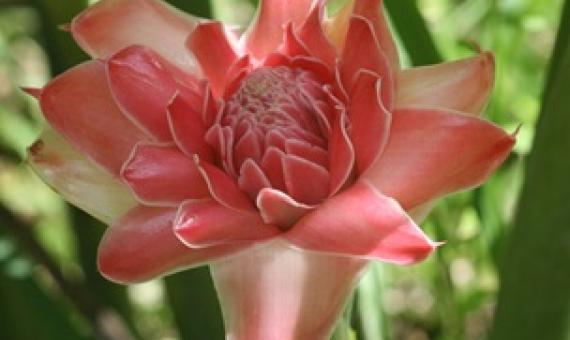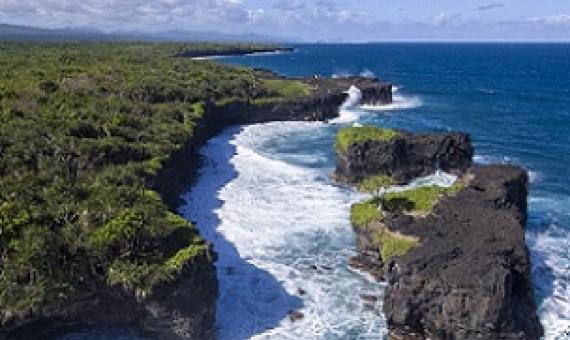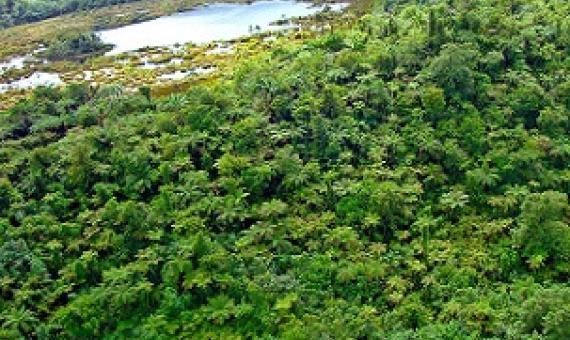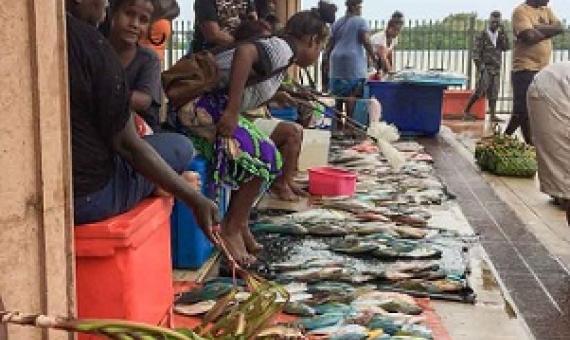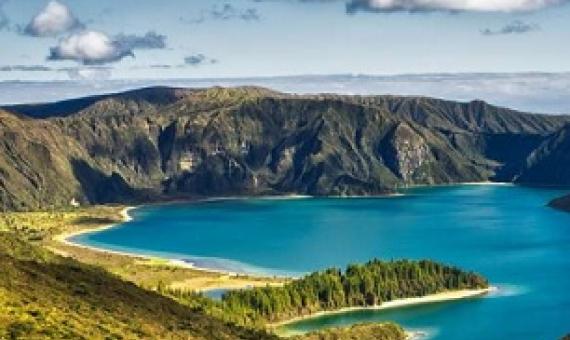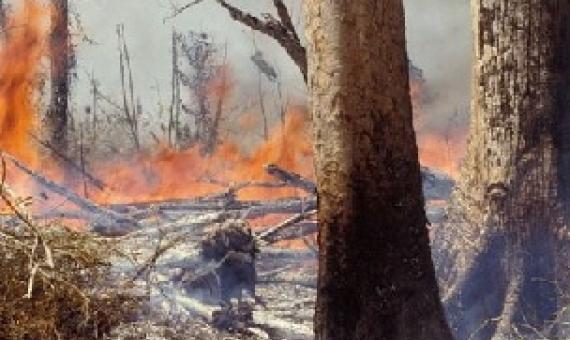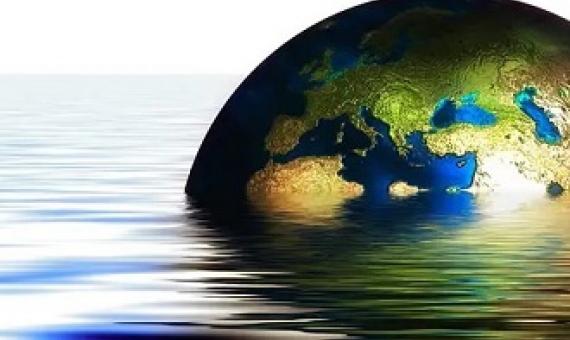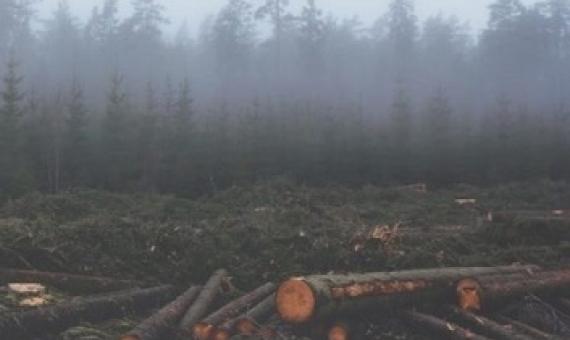A new study estimates that nearly half of the world’s known flowering plants are threatened. Scientists built an AI model using plants they know are threatened or safe, then used it to estimate how many others are threatened as well.
In Samoa the number of species of plants and animals considered at risk of extinction has grown from 76 in 2009 to 118 in 2020, said the Samoa Conservation Society (SCS) as they celebrated their 10th anniversary on Saturday night.
When faced with uncertainty, we often look for predictions by experts: from election result forecasts, to the likely outcomes of medical treatment.
Half a century of rising extinction risk of coral reef sharks and rays
Sharks and rays are key functional components of coral reef ecosystems, yet many populations of a few species exhibit signs of depletion and local extinctions. The question is whether these declines forewarn of a global extinction crisis. We use IUCN Red List to quantify the status, trajectory, and threats to all coral reef sharks and rays worldwide. Here, we show that nearly two-thirds (59%) of the 134 coral-reef associated shark and ray species are threatened with extinction. Alongside marine mammals, sharks and rays are among the most threatened groups found on coral reefs.
The World Wildlife Fund (WWF) has revealed that some fish species will likely vanish as a result of overfishing in waters near Gizo, the capital of Western Province of Solomon Islands.
Returning specific ecosystems that have been replaced by farming to their natural state in all continents worldwide would rescue the majority of land-based species of mammals, amphibians and birds under threat of extinction.
Plants and fungi hold promise as future medicines, fuels and foods, according to the Royal Botanic Gardens, Kew. But opportunities are being lost to use this "treasure chest of incredible diversity" as species vanish due to habitat destruction and climate change.
The issue of global biodiversity loss is so intense in the present era that it cannot be ignored as according to the reports of Intergovernmental Science-Policy Platform on Biodiversity and Ecosystem Services (IPBES), due to human actions an average of around 25 percent of species in assessed ani
Extinction risk could be cut by more than 50% if 30% of land and oceans are conserved, according to a report published in the journal Ecology. Between 1990 and 2016, the world has lost over 500,

